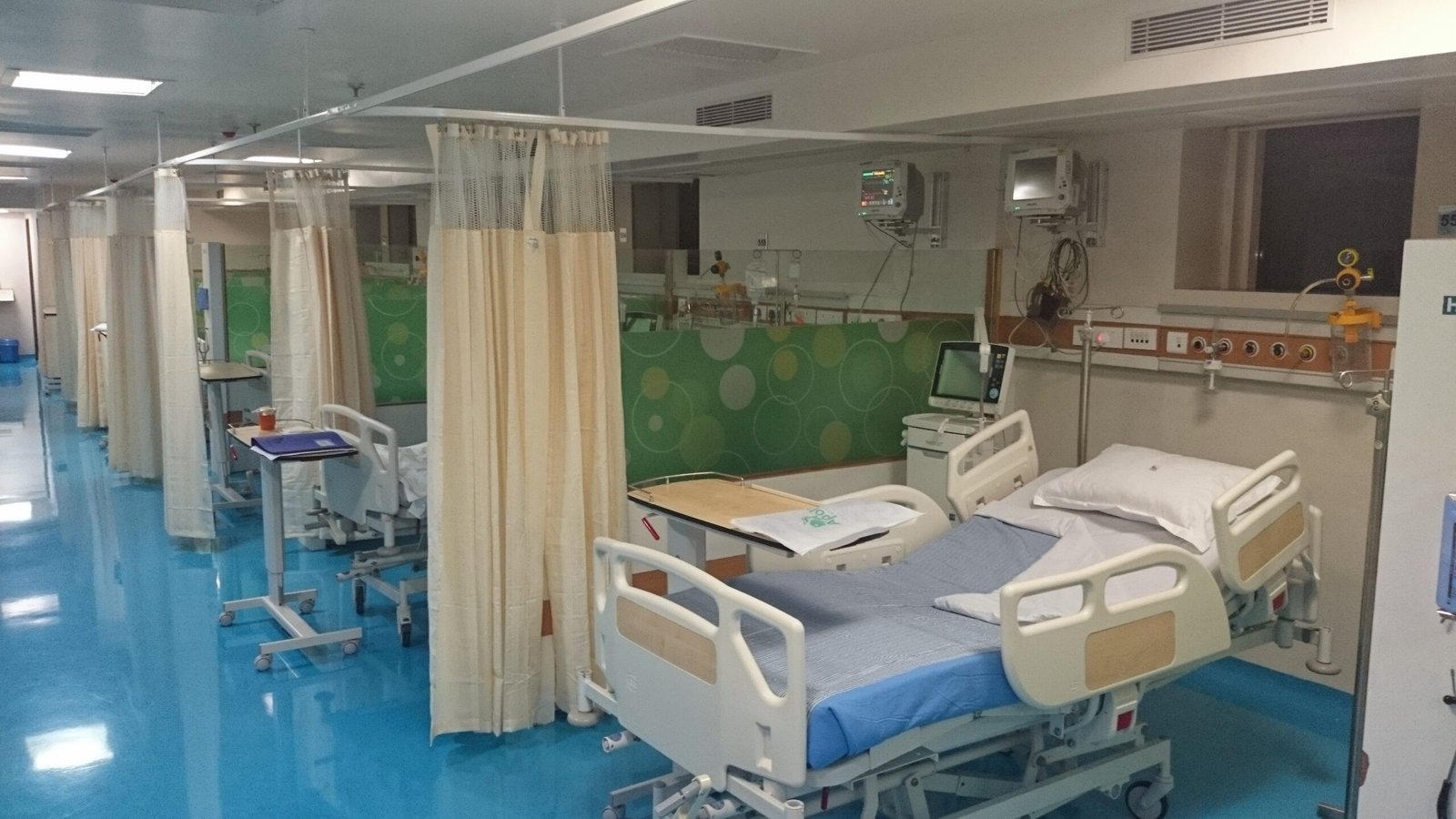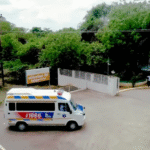In the corridors of modern medicine, we often celebrate successful transplants, miraculous recoveries, and technological marvels. But behind every clinical case lies a human story—one filled with courage, struggles, and silent battles fought outside the hospital walls. This is one such story.

This narrative follows the journey of a former Indian Army soldier—a man of discipline, duty, and quiet strength—who braved a multitude of medical challenges after a successful kidney transplant. His story is not just about organs and interventions; it’s about life lived with dignity amid disease, the importance of family support, and the resilience of the human spirit even when the odds are stacked high.
A Life of Service, Then a Sudden Blow :
After proudly serving in the Indian Army for 15 years, Mr.Prasanta Behera, a disciplined and resilient man, retired from active service and continued working as a security inspector at a bank, content with the routine of civilian life.
But life had other plans.
He began to feel unusually tired, his appetite dulled, and his legs swelled. Tests revealed the harsh truth — chronic kidney disease. His kidneys were failing. What followed was a kidney transplant, a long road of medications, regular checkups, and a life shaped by the rhythm of immunosuppression.
Still, he adapted. He was resilient. Life went on.
A Sudden Storm: The Brain Infection That Changed Everything
Then, one day, he was rushed to Apollo Hospital, confused, drowsy, with a rash on his skin. Chickenpox — simple enough for many. But for someone on immunosuppressants, it was serious.
Worse still, his confusion deepened. He stopped recognising faces. The diagnosis? Herpetic encephalitis is a dangerous infection of the brain.
He was moved to the ICU, intubated, ventilated, and started on medications for septic shock. His kidneys began to struggle again, but somehow, urine output remained — a small mercy.
A week passed, and with minimal improvement in his consciousness, the decision was made to perform a tracheostomy to help him breathe long-term while protecting his airway.
Fighting Back, Slowly
Miraculously, he began to improve.
His eyes opened, and he responded to voices.
He was discharged with a tracheostomy, still drowsy, but alive. His brother and sister, his only family, were taught how to care for the tube at home. Once his general condition improved, tracheostomy tube decannulation was advised after one month.
Recovery at Home – Then the Pandemic Struck
At home, Mr.Prasanta Behera began improving—he could swallow food, had a better cough reflex, and was ready for tracheostomy decannulation. Unfortunately, the COVID-19 pandemic struck. For a man with a transplanted kidney and low immunity, stepping out became too dangerous. The tracheostomy tube stayed in longer than it should have.
It would be three months before he could come back for decannulation.
The Complications of Delay
When he did return, everything seemed okay — except that when the tube was removed for trial, he gasped. He choked. He couldn’t breathe.
A bronchoscopy revealed mild tracheal narrowing — likely a result of the long time with the tube in place. Medications were given to reduce inflammation, and he was sent home once again — tube still in place, but hopeful.
A month later, decannulation tried again. This time, all tests looked good. But as soon as the tube was removed, he turned blue. Severe hypoxia. Tube had to be put back. Maybe it was fear, maybe tracheomalacia, maybe a bit of both.
Adjusted Life: Working with a Tracheostomy
With a voice prosthesis installed on his tracheostomy tube, Mr. R regained his voice and returned to work.
What amazed us all was his attitude.
He said, “If I need the tube to live, I’ll keep it.”
He covered his tracheostomy site with a scarf and resumed all his daily activities, including household chores. He adapted well and showed no interest in further decannulation, having adjusted comfortably to his new normal.
He even recorded a YouTube video, talking about life with a tracheostomy — that video, to this day, gets views and comments from people around the world.
Then, Another Blow: Pancreatitis and Tuberculosis
Then came the pain—a dull ache in the abdomen, rapid weight loss, and constant vomiting. Investigations revealed acute pancreatitis, possibly due to a viral infection. He couldn’t eat, became weak, and was hospitalised again—this time for severe malnutrition.
Just as he began to recover, another shadow fell—a chronic cough. Tests confirmed pulmonary tuberculosis, likely a reactivation due to his long-term immunosuppression. The treatment was hard. He developed jaundice from the medications. Regimens were altered. Strength drained.
More than his body, his spirit began to wear down.
A Quiet Goodbye
For the first time, he seemed tired — not just physically, but emotionally.
The cost of staying alive — the pain, the money, the fatigue — had started to feel heavier than ever before.
Mr.Prasanta Behera went home again, this time quieter, thinner, and emotionally weary. He had fought so many battles—transplant, encephalitis, tracheostomy, infections, depression. He had poured his savings into treatment, and despite every effort, life kept throwing punches.
Eventually, he slipped away. Peacefully. Not in a dramatic ICU fight, but silently, at home, surrounded by family.
Reflections from the ICU
As a critical care physician, witnessing his journey up close was not only a clinical experience but also a deeply human one. I remember his smile behind the tracheostomy tube, and his siblings patiently stood beside him through every admission, every expense, and every setback.
This story is shared with utmost respect—for him, for his family, and for every patient navigating chronic illness with quiet courage. May it inspire empathy, reflection, and a greater appreciation for the human side of medicine.
His willingness to participate in educational outreach through a tracheostomy awareness video, despite his own suffering, speaks volumes about his character.
His kidney transplant was a medical success. But what we often forget is that life after a critical illness brings its own set of invisible struggles—emotional, financial, social. And in his case, a global pandemic added another cruel twist.
In Honour of a Brave Soul
This story is shared not just to highlight the medical journey, but to remind us of the human behind the ventilator, the voice behind the tube, and the courage behind the silence.
Mr.Prasanta Behera, you served the nation once in uniform—and again as a fighter in the ICU. This story is for you.










